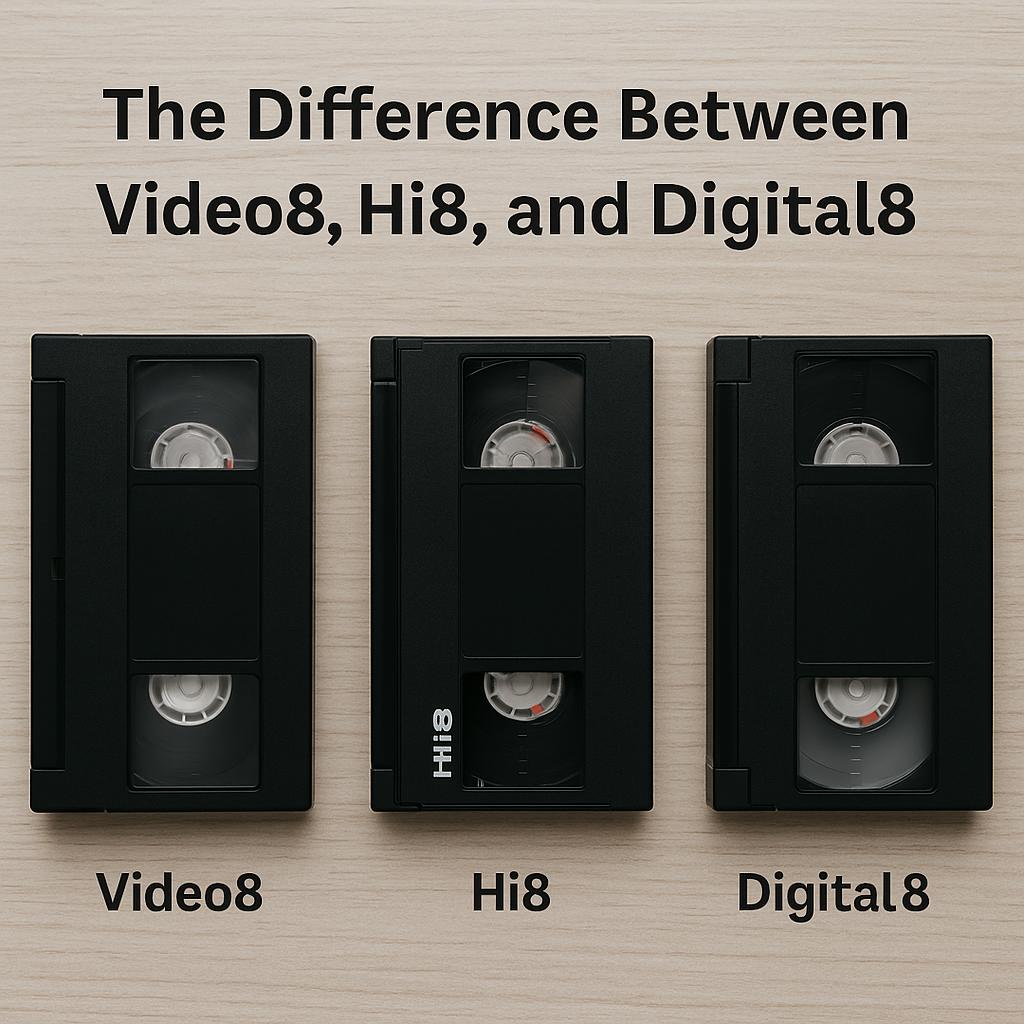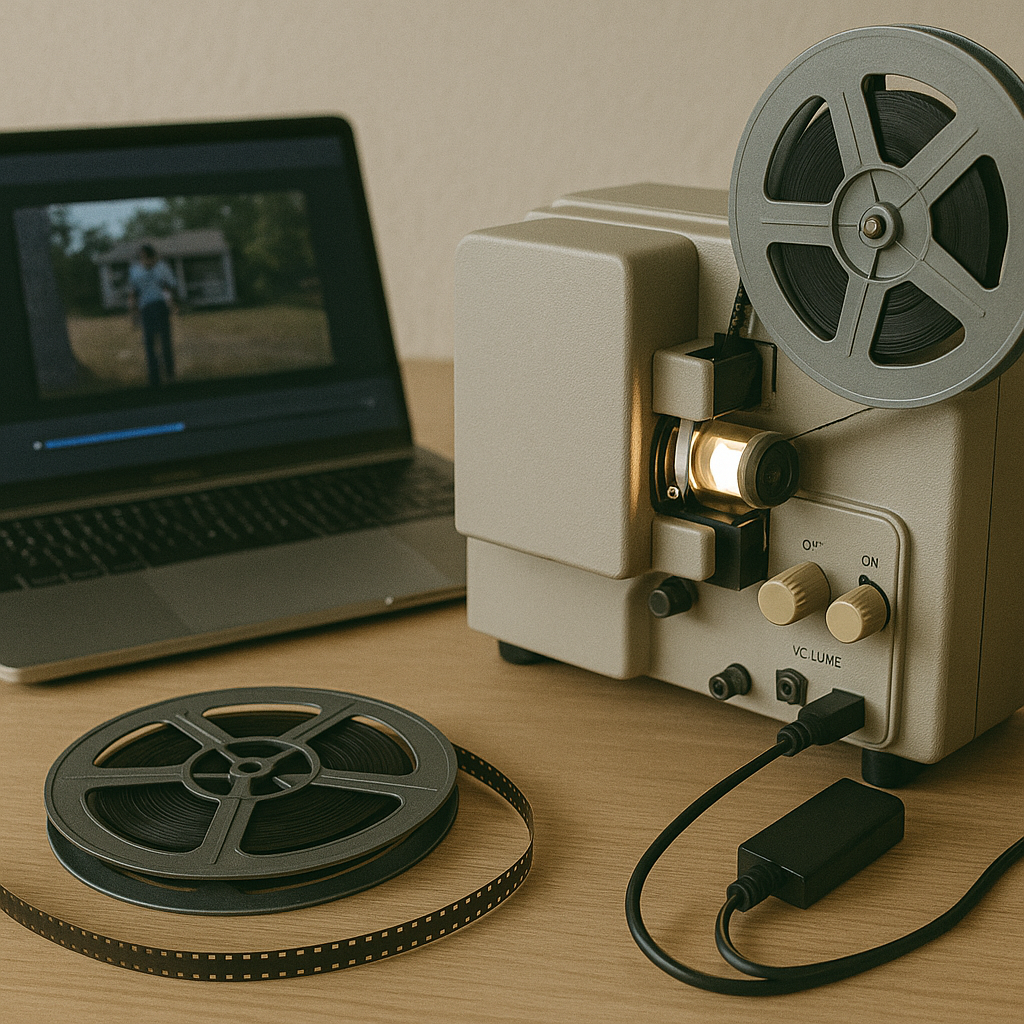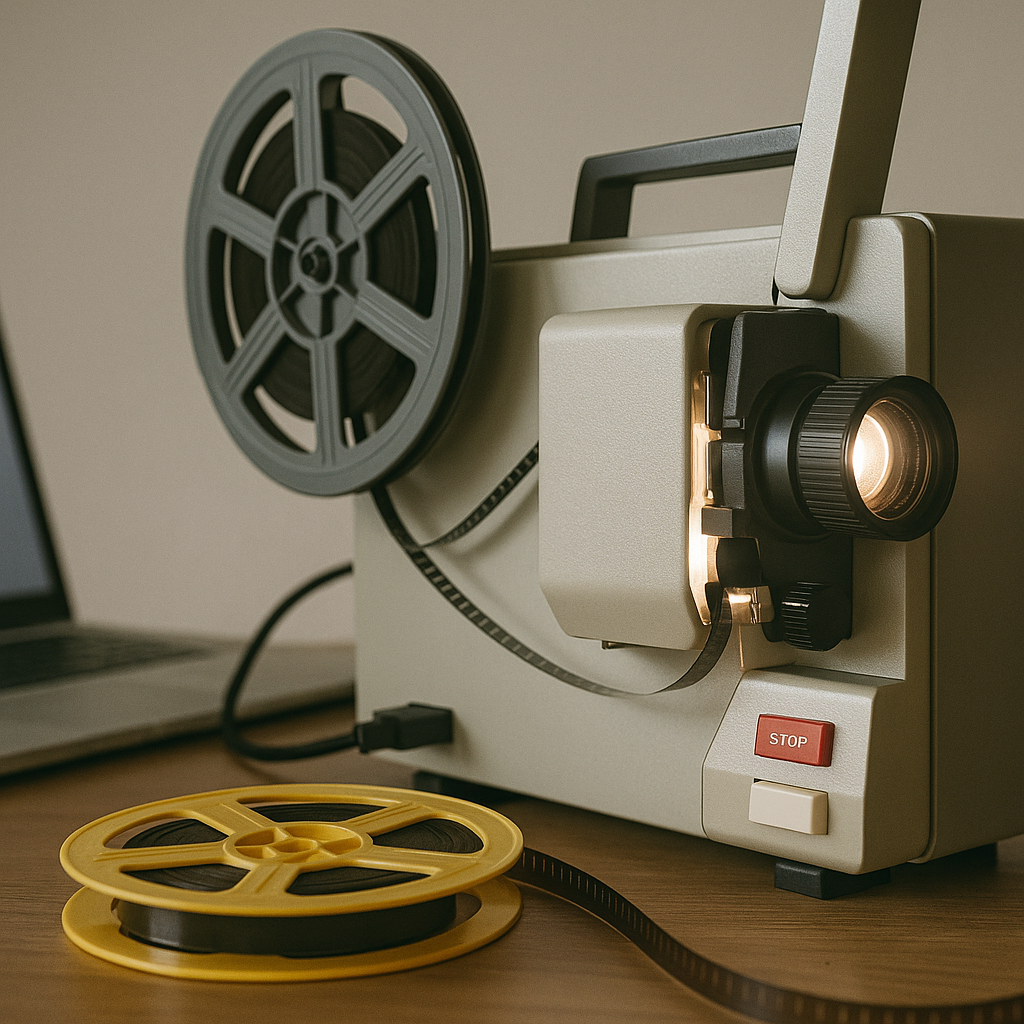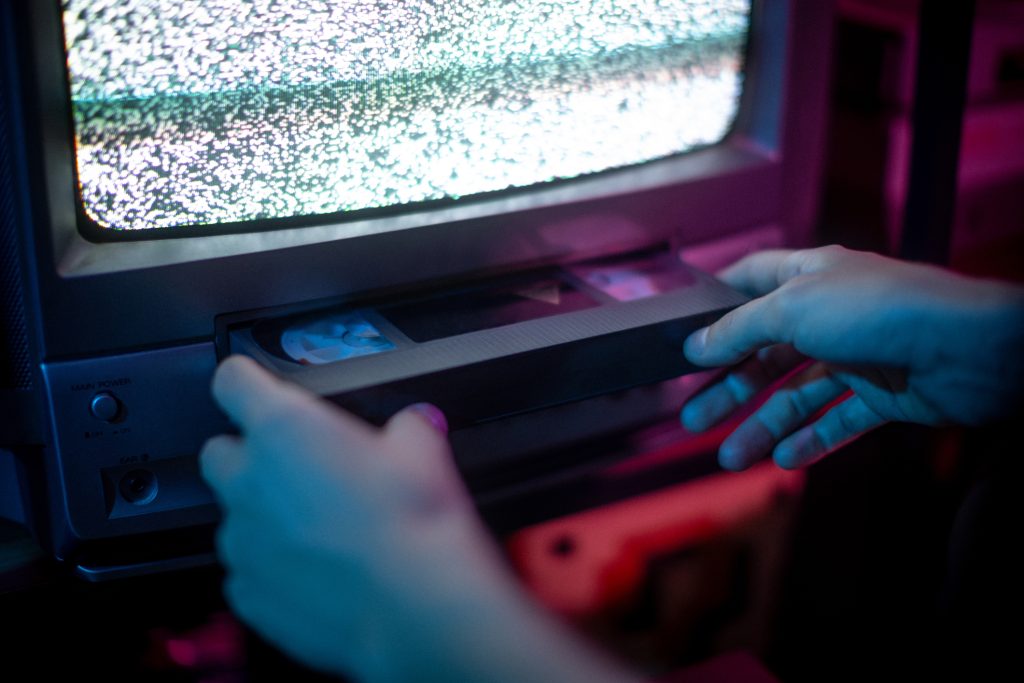There’s something magical about digging out old Betamax tapes and reliving family holidays, milestone celebrations, and candid moments from decades past. Introduced in the 1970s, Betamax was a revolutionary home video format that brought moving memories into our living rooms. But as the years go by, those precious tapes are silently degrading, threatened by physical wear, environmental damage, and technological obsolescence.
If you have a box of Betamax tapes tucked away in your attic or basement, it’s crucial to understand the risks associated with aging media and how digitization can rescue your footage before it’s lost forever.
What Makes Betamax Tapes So Nostalgic Yet So Vulnerable?
Magnetic Tape Deterioration
Betamax tapes store video information using magnetic particles on a plastic film. Over time, these magnetic signals begin to fade, a process known as magnetic decay. Even under ideal storage conditions, the binder that holds the magnetic particles can break down, causing signal loss and a snowy or distorted picture.
Sticky-Shed Syndrome
A lesser-known but severe issue is “sticky-shed syndrome,” where the tape absorbs moisture and the binder becomes sticky. As a result, the tape can gum up VCR heads, stall during playback, or become completely unplayable. Sticky-shed syndrome doesn’t just threaten the image quality; it jeopardizes the entire tape.
Physical and Mechanical Failures of Betamax Tapes
Tracking Problems and Alignment Issues
Anyone who’s ever tried to watch an old Betamax tape knows the frustration of tracking issues. You might see rolling screens, static bars, or garbled audio. These problems occur when the tape and the playback device fall out of alignment, especially as components inside vintage machines wear down.
Even if you’re lucky enough to have a functioning Betamax player (a rarity these days), the alignment of your tapes may have drifted over time due to stretching or uneven spooling. Manual tracking adjustments can only do so much and often can’t correct the underlying damage.
Tape Damage and Breakage
Time isn’t kind to analog tape. Exposure to heat, humidity, or mechanical stress can cause warping, creasing, or snapping. A single damaged portion can ruin a crucial part of your footage. And without proper handling or professional repair, further attempts to play the tape can make things worse.
Environmental Threats to Betamax Tapes: Mold and Mildew
Biological Contamination
Stored in damp basements or humid closets, Betamax tapes are vulnerable to mold and mildew. Fungal spores feed on the organic materials in the tape’s binder, creating white or green patches on the reels. Mold not only degrades the tape but also poses health hazards when disturbed.
Cleaning mold from tapes is a delicate process that should only be performed by professionals. Improper cleaning can grind debris into the tape’s surface or destroy the magnetic layer altogether.
Why Is Finding a Betamax Player So Difficult Today?
Even if your tapes are in decent shape, there’s another looming issue: playback equipment. Sony discontinued Betamax in 2002, and machines are now considered collector’s items. Working players are rare and expensive, and spare parts are nearly impossible to find.
Waiting to digitize your tapes until you “get around to it” might mean waiting too long, when you do, you may not even have a way to play them anymore.
How Digitization Rescues Your Memories
Capture Before It’s Too Late
Digitization involves transferring the analog content of your Betamax tapes into a digital format, such as MP4 or DVD. This process not only preserves your videos but also frees them from the constraints of physical media.
Restoration and Enhancement
During digitization, many common issues like tracking problems, color fading, or audio noise can be corrected or improved with specialized software. Professionals use signal stabilization, noise reduction, and frame-by-frame cleanup to enhance the final product.
Convenience and Longevity
Once your tapes are digitized, you can store them in the cloud, share them with loved ones, or back them up on multiple devices. Digital files don’t wear out with use, and with proper backup strategies, they can last for generations.
Peace of Mind
Digitization not only preserves your footage, but it also liberates it. No more worrying about humidity, mold, or whether your Betamax player will survive another playback. Your memories are safe, accessible, and ready to be relieved anytime.
Final Thoughts
Old Betamax tapes are more than just reels of magnetic tape; they’re time capsules filled with stories, emotions, and milestones. But time is running out for this fragile format. From magnetic decay to mold growth, the risks are real and irreversible.
Don’t let your memories fade into static. Digitization is the only surefire way to ensure your family’s history survives the test of time.
Ready to Preserve What Matters?
Don’t wait until your Betamax tapes are beyond saving. Take the first step toward protecting your memories today. Visit Leave A Legacy to learn how our digitization services can safeguard your family footage for generations to come. Your legacy deserves more than a dusty shelf, let’s preserve it together.











